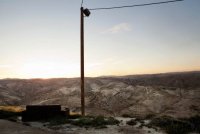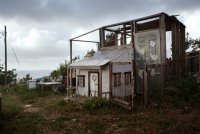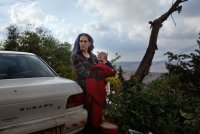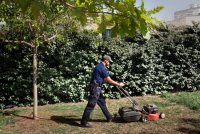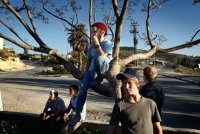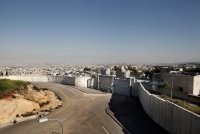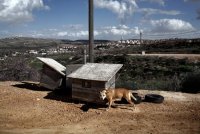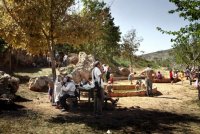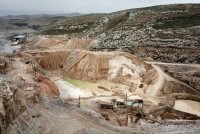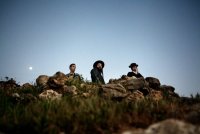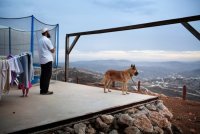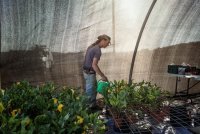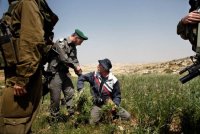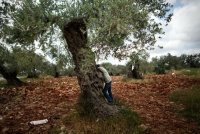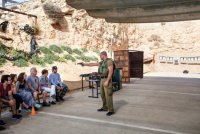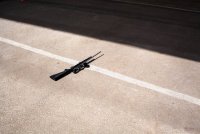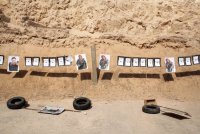PIETRO MASTURZO
Israeli Settlements Facts On The Ground
Biographie
is an Italian documentary photographer based between Milan and the Middle East. His work focuses on socio-political issues, with a particular interest in the resistance of peoples in the face of oppression and the violation of human rights. Pietro studied International Relations before dedicating himself to photography, and has worked in Myanmar, the Democratic Republic of the Congo, Egypt, Libya, Iran, the West Bank and the Gaza Strip, documenting the human stories in situations of conflict, even when covering major news events. In 2010, he was awarded World Press Photo Picture of the Year for his work in Iran. Pietro has been widely published, including in La Stampa, L’Espresso, Internazionale, IO Donna, The New Yorker, The Financial Times, Le Monde, Stern, Geo, Marie Claire, Vanity Fair and many others. He works regularly with Italian and international publications, festivals, organisations and non-government organisations.
Présentation
"Facts on the ground" is a diplomatic term used to define the Israeli settlement policy on occupied Palestinian land. Today there are over a million Jewish settlers living beyond the "green line", in more than 100 official sites. In 2013, Pietro Masturzo decided to settle in the West Bank for a year, and went to explore the reality of the settlements from the inside, trying to cross the gates and defensive barriers in order to describe the life and the landscape of these places. His work shows that in recent years there is a "normalization" of the conflict, not really in terms of a reduction of violence but of an acceptance of its chronic nature. Checkpoints, forced detours and indiscriminate arrests are now an integral part not of a temporary precariousness of war, but of a daily life of pure and simple domination. Then how can we look at these thousands of people without considering the context of ordinary violence inside which they try to guarantee themselves a serene life? Beyond the military exercises, the cameras and the electric fences, can we really imagine peace?
